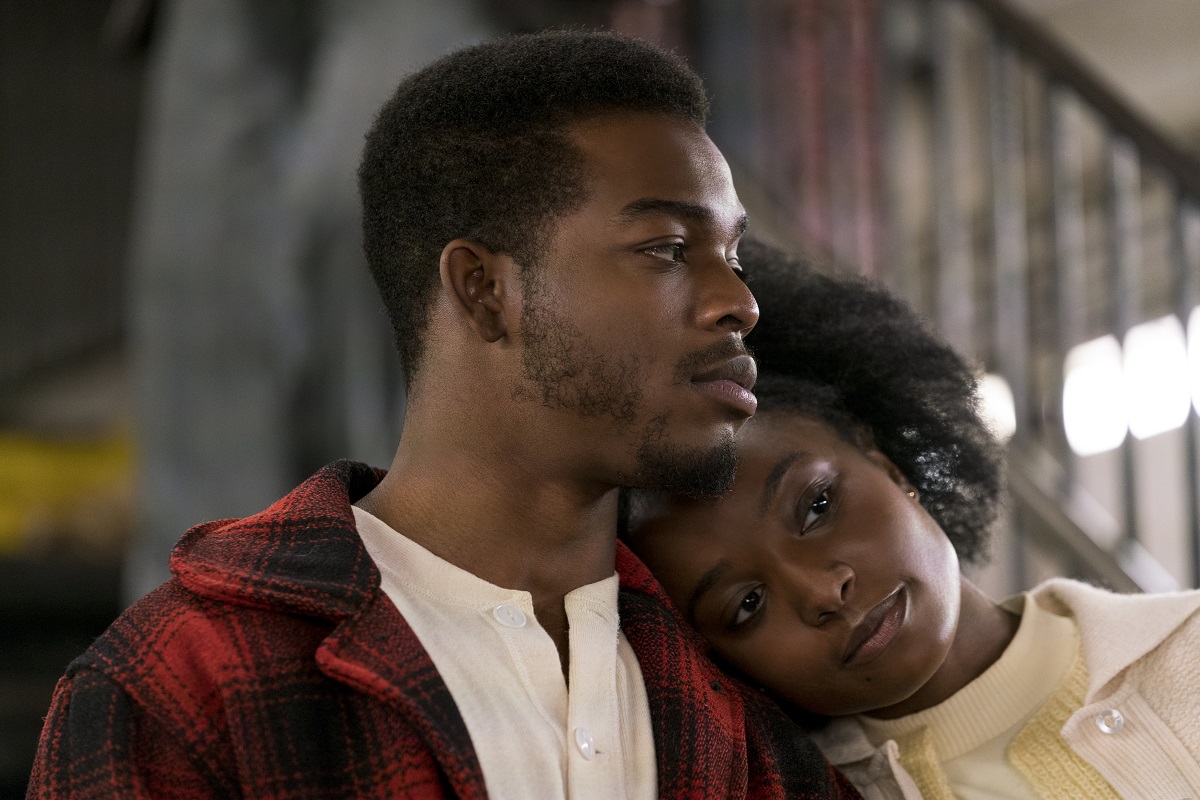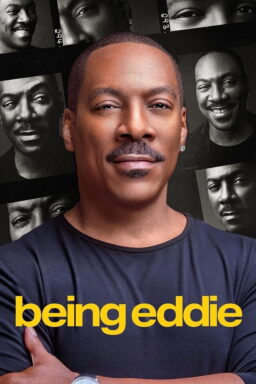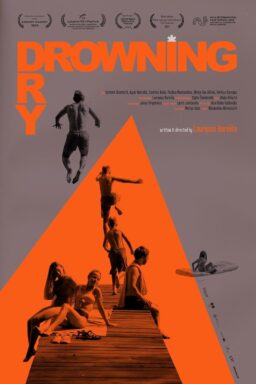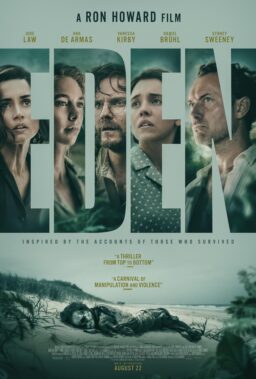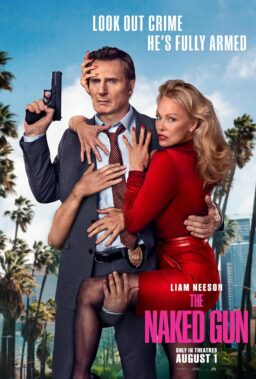Filmmaker Barry Jenkins has earned raves for his work adapting James Baldwin’s “If Beale Street Could Talk” (read Odie Henderson’s 4-star review) into one of the best films of 2018. As we discussed on his recent trip to Chicago, Jenkins’ process requires a lot of trust in his performers, and that trust was repaid in the stunning work by Stephan James and KiKi Layne. The two fantastic young actors joined Jenkins on his recent trip and sat down with us for a brief chat.
A young actor told me years ago that he saw all projects as a learning experience. So I want to start with what you learned making this movie.
KIKI LAYNE: SO much. Being my first experience being on a film set, there was so much I was going to take away. Barry is such a patient director. I think I learned the value of being more patient with myself. He allows moments to live and give it that time. I think that’s given me the ability to be patient with my own work.
STEPHAN JAMES: The patience thing. The raw energy of letting things go. Not calculating things. Letting things live. A lot of actors have a way of preparing for a scene. And what’s so interesting is to just allow the scene to build itself. Allow the emotions to sort of unravel naturally. That’s one of the cool things about those like Jonathan Demme super-close-up things he does. There’s nowhere to hide. You can’t even hide behind beats. Actors think about beats. You can’t hide behind ‘em. Everything that is going to happen the audience is going to see it all. For me, it was about letting go of things and allowing scenes and moments to take on their own life.
Barry and I were just talking about accepting risk, which is what you’re getting at, and that led into a conversation about trust. So how does that trust develop on your end?
SJ: Two-way street. The fact that a man like Barry Jenkins can look at both of us and say, “I’m going to give you the stage on which to play.” That means a lot. You obviously pay that trust back to him in terms of being willing to let your guard down. KiKi and I were complete strangers.
KL: With no rehearsal time.
SJ: Yeah. Being comfortable with each other.
Where does that comfort come from? Does Barry create it?
SJ: Yeah, he’s a goofball! He’s the biggest goofball. He’s always cracking jokes despite the nature of the material. He’s always so chill. He’s always like “Take your time. We’ll find it.” To us, that meant the world. To have this man, Barry Jenkins, a man I’ve admired for such a long time, to have him allow us to play. “Take your time. It’s nothing too serious. We’ll find it.”
I was going to ask how you get over that apprehension, but it sounds like a lot of it comes from him.
KL: Right. That’s where it starts. Even for me, there were some times when the fear and anxiety would creep in, but we really created a family on this set. Barry got some really generous, amazing artists together. I could really feel this genuine support and connection to other artists. And it starts with Barry and the commitment to the work.

This word can be interpreted however you want, but what was the most challenging element of this production for you?
SJ: For me, in a general sense, it was being truthful to Baldwin. Baldwin is somebody who so many people have a personal relationship and connection to. It’s not something to play around with. We all accepted that. But, specifically, within the scenes, for me, the hardest stuff was the prison stuff. Even though we shot that in like a week’s time, that’s the stuff that my character lives in the most. Most of my performance is in that prison. For me, it was balancing having the consciousness of everything that was going on in that prison. Everything that was going on in those walls to break Fonny down. And having to take that and sit in front of my wife and unborn child and display strength through this glass. Let her know she’s not alone in this fight. I’m fighting to stay strong. I’m going to be on the other side of that glass. Having to balance my own thoughts with the emotions of what was happening, but also to not project too much onto Tish.
KL: For me, I think having to communicate so much without having too much dialogue. Tish doesn’t really speak that much, but she has so much to say and so much that has to be communicated. That was a really tough part of getting to the truth of this film. We all want to do right by these characters. They’re fictional, but they’re representative of real people. There are people today going through these things. I think that was the overall toughest thing. The tough scene for me is after our confrontation with Officer Bell. It’s the first time you see Tish and Fonny not really on the same page. The question is asked “Are we gonna make it?” It’s the first time it’s really questioned. I remember that. That was a tough one. You need to feel what could happen if it breaks.
How much back story do you do? How many of the gaps do you fill in about Fonny’s time in jail, for example?
SJ: SO much. Absolutely. Specifically for this, my biggest inspiration was a man named Kalief Browder. In 2010, he was wrongfully arrested for the theft of a backpack—petty crime—and he pleads non-guilty to maintain his innocence, and he had to spend three years on Rikers Island, two-and-a-half in solitary confinement. Looking at this young man’s story, it broke me. What was the worst part was that it was just one story. It struck me as an opportunity to tell Kalief’s story through Fonny. So many people going through the same thing. So I wanted to look into Kalief’s eyes as hard as I could. It meant so much then and means so much now.
How do you stay grounded in Fonny though? You can’t play everyone. You can’t play a symbol or a theme as much as your character.
SJ: Yes and no. The good thing about Baldwin is he puts so much on the page. Fonny is important to this story because he represents so many. That’s what I felt. I had to channel and speak for these men. You don’t see Fonny on film. How often do you get to be a fly on the wall and see what this young couple is going through? The humanity. The unmasking. Seeing all the love. That’s the basis and the root of this couple.
How much of this do you talk about with Barry?
SJ: A lot of that was on my own. But, when you get on set, it’s a daily conversation. It’s a daily, if not hourly, referring to the book.
So you’re regularly going back to the source?
KL: Oh yeah. Both of us read the book multiple times while we were filming. I had it with me every day on set. Lucky for me, it’s written from my character’s perspective. So there’s so much information about what she’s thinking and feeling about everything around her. And then, from there, finding these personal connections to my own life. I watched the Kalief Browder story too and paid more attention to how it was affecting his family. What they were doing to fight for him and how it was affecting and changing him. And finding the personal connections to my own life, and not just the dark stuff. I started thinking more about my relationship with my mom and what I love about that. Or my big brothers. Finding all of that allowed me to create this full character.
What’s next?
KL: I’m in an adaptation of “Native Son” premiering at Sundance!
SJ: I just finished a film a few weeks ago called “17 Bridges.” It’s a crime thriller. Russo brothers produced it. Chadwick Boseman, J.K. Simmons, Sienna Miller.

